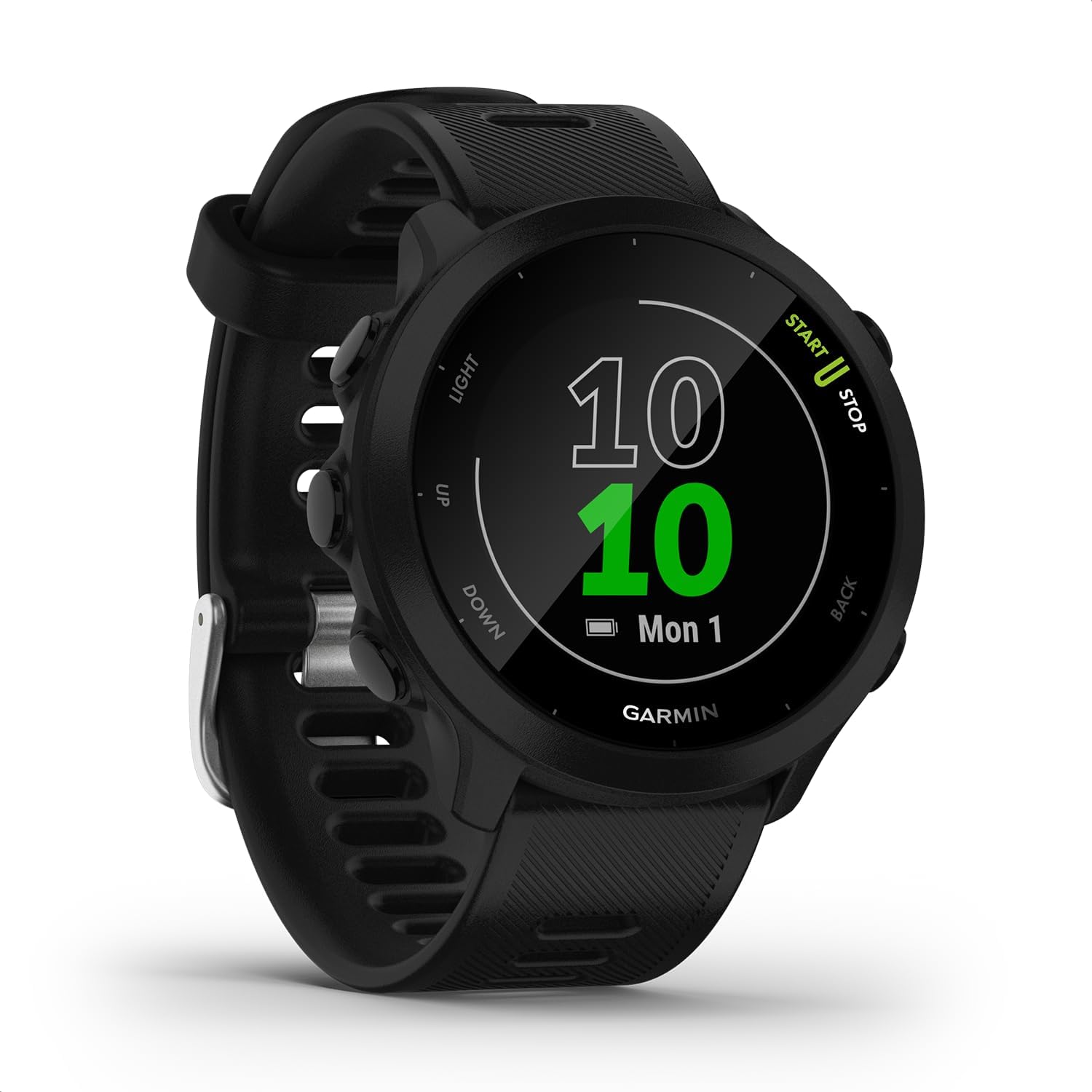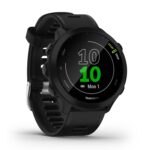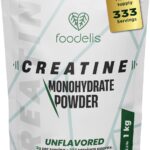Running + smartwatch: a practical guide to train better (and enjoy it more)
Calculate your HRmax with useful methods, create training zones, program effective sessions (endurance, tempo, intervals), and learn to use the watch for cycling, swimming, and triathlon—even if it’s an entry-level model.
Our pick to start strong
The Garmin Forerunner 55 packs the essentials to progress: reliable GPS, interval workouts, daily suggested workouts, profiles for running, cycling, and pool swimming, and key metrics for pace and heart rate. A solid base to build habits and improve consistently.

HRmax and zones: calculate well and adjust to your body
Training by heart-rate zones ensures the right stimulus in each session: Z2 builds the aerobic base (mitochondria, capillarization) and aids recovery; tempo and threshold improve your sustainable speed; Z5 lifts your VO₂max. It also protects you from “gray zone” training (neither easy nor hard), helps dose your load, and stabilizes effort when pace misleads (heat, climbs, wind, or trail).
Start with an HRmax estimate, create your zones on the watch, and fine-tune after 2–3 weeks based on feel and data (if Z2 feels like RPE 6/10, your HRmax is likely under/over-estimated).
Also keep an eye on your cadence (steps per minute, spm) to avoid injuries and improve efficiency. A cadence around 180 spm in running is often cited as an efficient target, especially for competitive runners.
| Method | Formula | When to use it |
|---|---|---|
| Tanaka | HRmax ≈ 208 − 0.7 × age | General, good average approximation |
| Fox | HRmax ≈ 220 − age | Classic reference; may overestimate |
| Karvonen (for zones) | Use HRR: Zone = (HRmax − HRrest) × % + HRrest | More individualized if you know resting HR |
How to measure your own HRmax (field test)
- Requirements: no medical contraindications; do it rested and with a warm-up.
- Warm up 12–15’ in Z1–Z2 + 3’ progressive.
- All-out block 4–6’ (ideally a gentle, steady uphill or track: start hard and finish very hard).
- Take the peak HR from the last 15–30 s: that’s your reference HRmax.
- Optional: repeat another week; use the highest achieved.
- Practical alternative: an all-out 5 km; use the peak HR from the final third.
Workouts that work
| Goal | Structure (example) | Zone/pace |
|---|---|---|
| Aerobic base | 40–60′ continuous | Z2 (you can speak in full sentences) |
| Tempo | 2×15′ with 3′ easy | High Z3 (controlled pace) |
| Intervals | 8×400 m with 200 m jog | Z4–Z5 during work |
| Hills | 10×45″ uphill / 90″ easy down | High effort (RPE 8–9) |
| Long run | 70–100′ progressive | From Z2 to low Z3 |
Using it on the bike: cadence, pacing, and effort control
Start simple
Cycling profile, HR and time alerts; screen with HR, time, distance, and average speed.
Indoor trainer
Turn GPS off if your watch allows or use an Indoor profile; control cadence and HR for steady Z2 sessions.
Safety
Auto Pause on in the city; off during intervals. On long climbs, press manual Lap at the start to compare efforts.
Pool swimming: lengths and technique
Key setting
Set the pool length before you start (25 m / 50 m). Do 2–3 easy lengths so the watch “learns” your pattern.
Useful blocks
- Endurance: 5×200 m with 30″ rest
- Technique: 6×50 m (stroke length, catch, kick) with 20″
- Progressive: 400 m getting faster every 100 m
Triathlon: how to chain sports with an entry-level watch
If your watch lacks a multisport mode with transitions, you can do this:
- Record Swim; on exit, Finish and Save.
- Start Cycling (transition included in total time if you don’t pause).
- Finish and start Run. Tip: use identical data fields in the three activities for consistency.
4-week template to consolidate a cardio base (running)
| Week | Monday | Wednesday | Friday | Sunday |
|---|---|---|---|---|
| 1 | Z2 40′ | Tempo 2×10′ | Intervals 8×400 m | Long run 70′ |
| 2 | Z2 45′ | Tempo 2×12′ | Hills 10×45″ | Long run 80′ |
| 3 | Z2 50′ | Tempo 3×10′ | Intervals 10×400 m | Long run 90′ |
| 4 (deload) | Z2 35′ | Tempo 2×8′ | Intervals 6×400 m | Long run 60′ |



